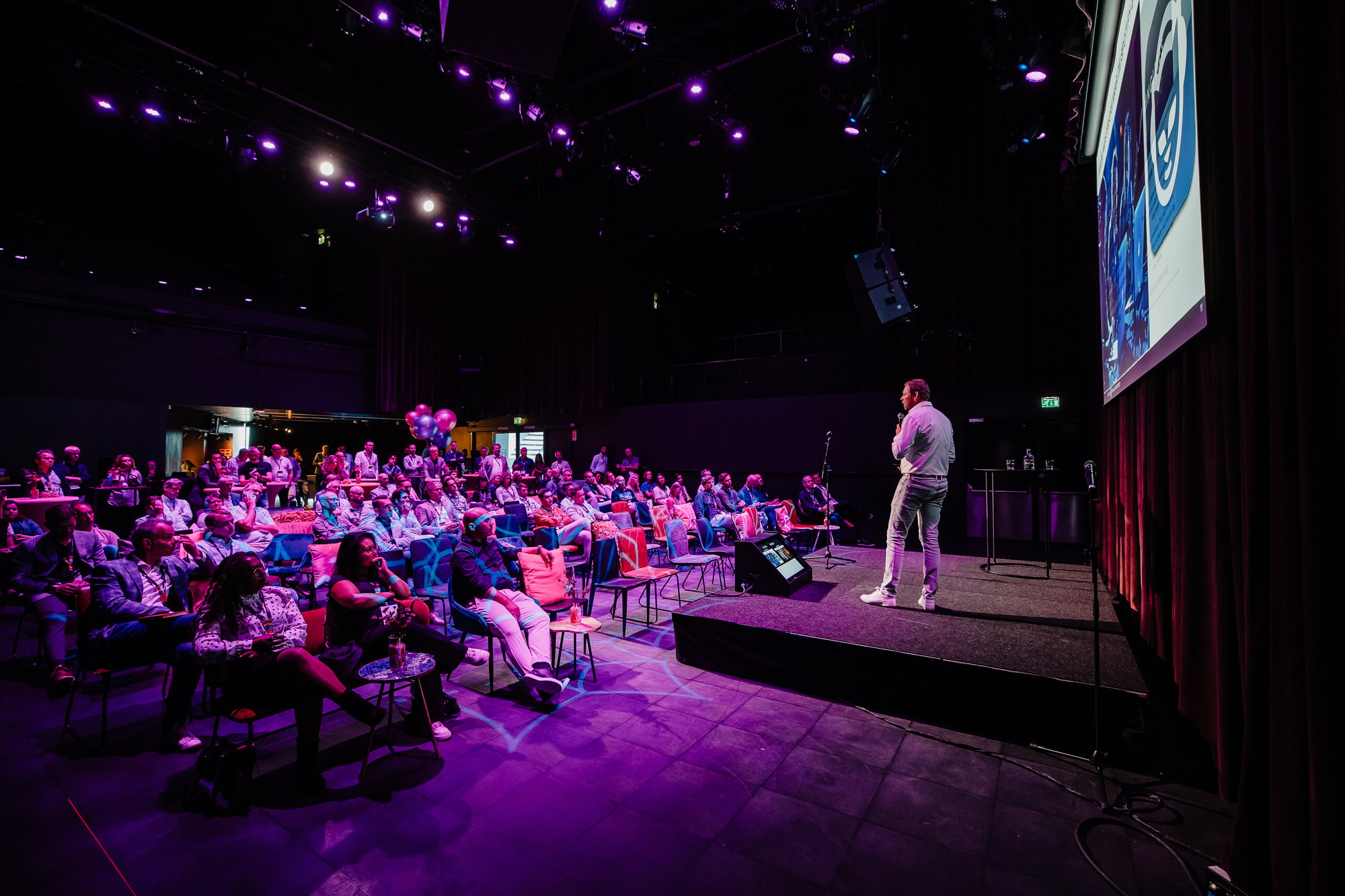AI into your Business

If you’re looking to start using AI, it’s important to remember that it’s not about the technology itself but about the value it can bring to your business. AI should solve a business problem, not the other way around. Many companies are learning this now, as the hype around early AI solutions fades. Instead of seeing AI as a one-size-fits-all solution, it’s crucial to have a well-thought-out strategy.
In this article, I will walk you through a 6-step framework that will help you integrate AI into your business in a smart and responsible way.
1. Define business needs
Before you start thinking about AI solutions, you need to have a clear understanding of your business needs. What problems are you trying to solve? Where can AI add value? This may sound obvious, but many businesses dive into AI projects without a clear goal, which often leads to wasted time and resources.
Think about the specific challenges within your organization. Is it customer experience that needs improvement? Do you want to automate processes or make them more efficient? Once you clearly define your business needs, you can explore how AI can help.
2. Analyze current architecture
Before implementing AI, it’s essential to understand the current architecture of your IT landscape. What does your digital infrastructure look like? What systems and processes are already in place? By mapping this out, you avoid implementing AI in an environment that isn’t ready for it.
This is also the moment to look at integration opportunities. Which systems need to communicate with each other? This analysis sets the foundation for designing your future architecture.
3. Design future architecture
Once you understand your current architecture, you can start designing your desired future architecture. This involves envisioning the ideal way in which processes and technology should work together within your organization. At this stage, you focus purely on structure and functionality, without jumping straight to specific tools or technologies.
Keep scalability in mind here. AI is evolving rapidly, and it’s important that your architecture can grow alongside it.
4. Ensure Compliance, Security, and Responsible AI (RAI)
AI brings a lot of responsibility, especially when it comes to ethics, security, and regulations. Ensure that your AI solutions comply with the applicable laws and regulations, such as data protection rules like GDPR, and that they are well-secured against potential cyber threats.
Responsible AI (RAI) also means considering the ethical implications of your AI use. How do you ensure that your systems are fair, unbiased, and deployed in a responsible way?
5. Structure solution
Now that you know what you need and how your future should look, it’s time to structure your solution. This means determining how all the different pieces should fit together within your architecture. You set the priorities and decide how everything will work together to achieve your business goals.
Structuring your solution also helps you identify any potential bottlenecks or areas that need improvement. By planning everything thoroughly, you avoid surprises later in the project.
6. Pick the right tooling
Only now does the choice of tools come into play. AI is not a one-size-fits-all solution, and there are many platforms and tools available. Your choice should depend entirely on the architecture and business needs you defined earlier. Be careful not to choose tools just because they are popular—they must fit your specific situation.
Some examples of tools that effectively integrate AI into their platforms include Optimizely, Bloomreach, Salesforce, and Hubspot. These are powerful systems that use AI to optimize and accelerate processes.
Conclusion
Implementing AI in your business requires a strategic approach. It’s not about the technology itself but the value it can bring to your organization. By starting with a clear understanding of your business needs and then following a step-by-step process to build the right structures and select the right tools, you can ensure AI is implemented in a responsible way. If you need help with any of these steps, Conclusion Experience can guide you through the process.
Deel deze insight:


